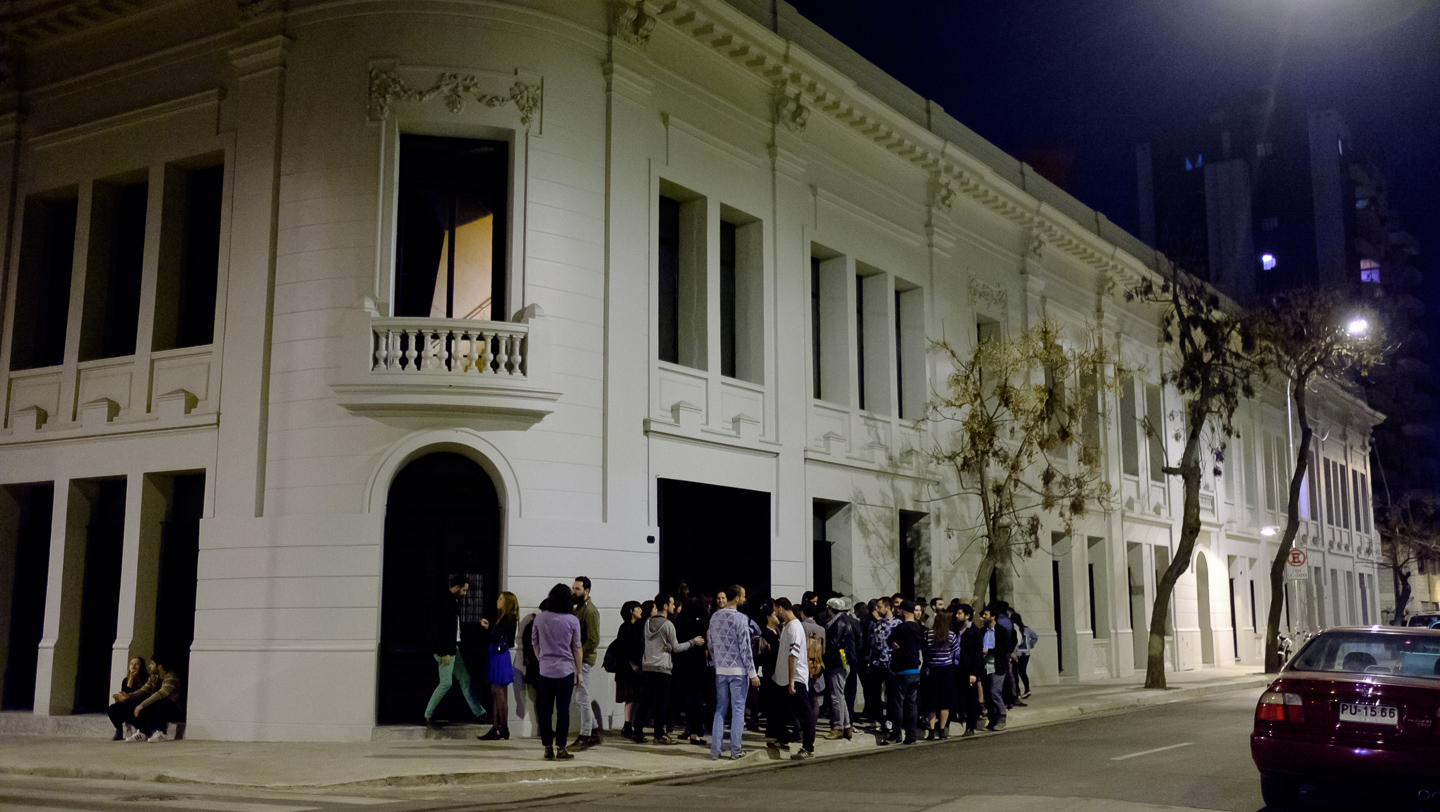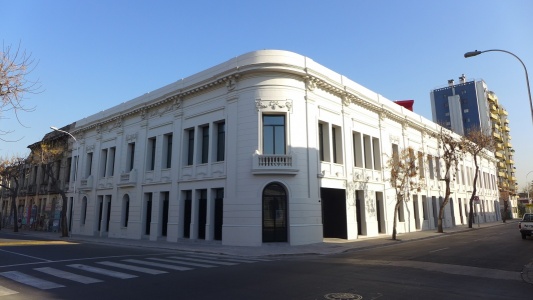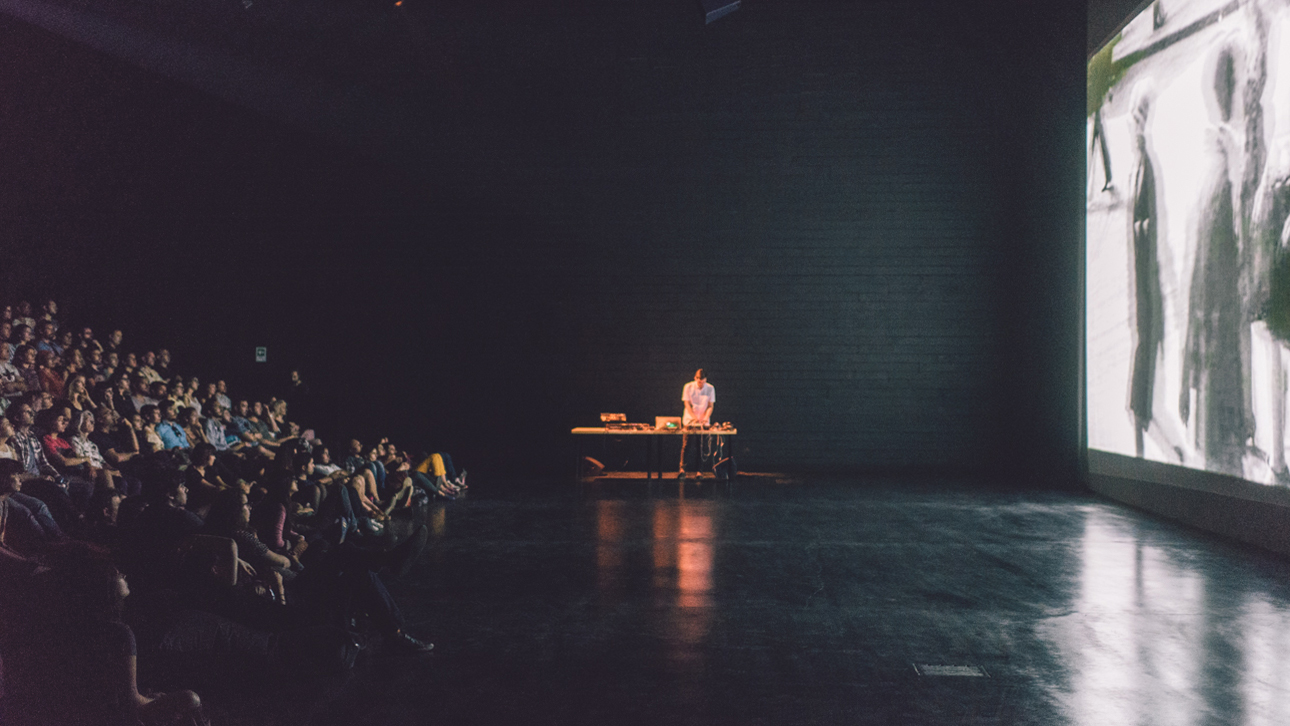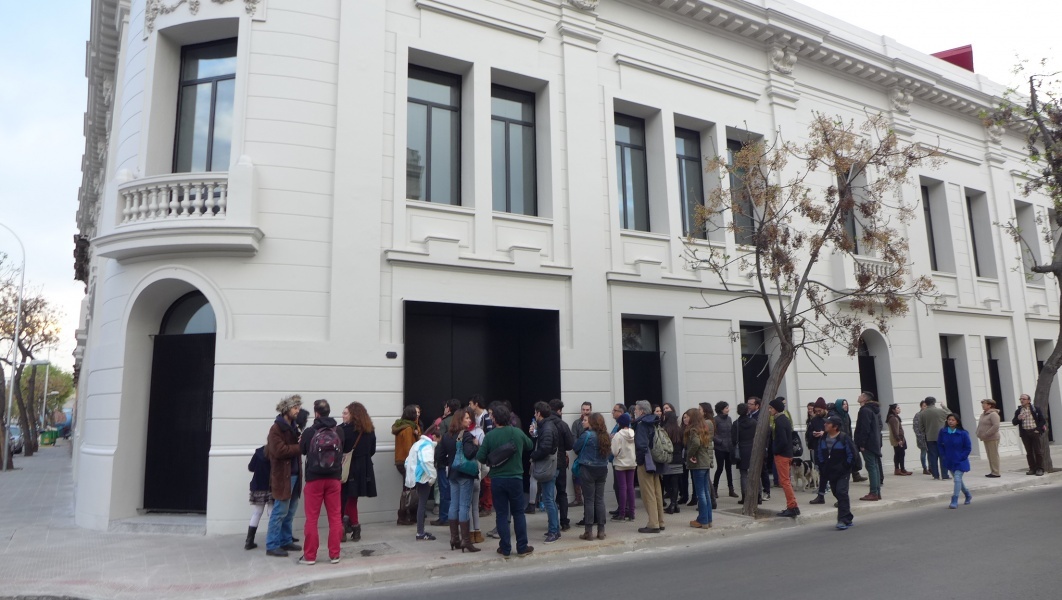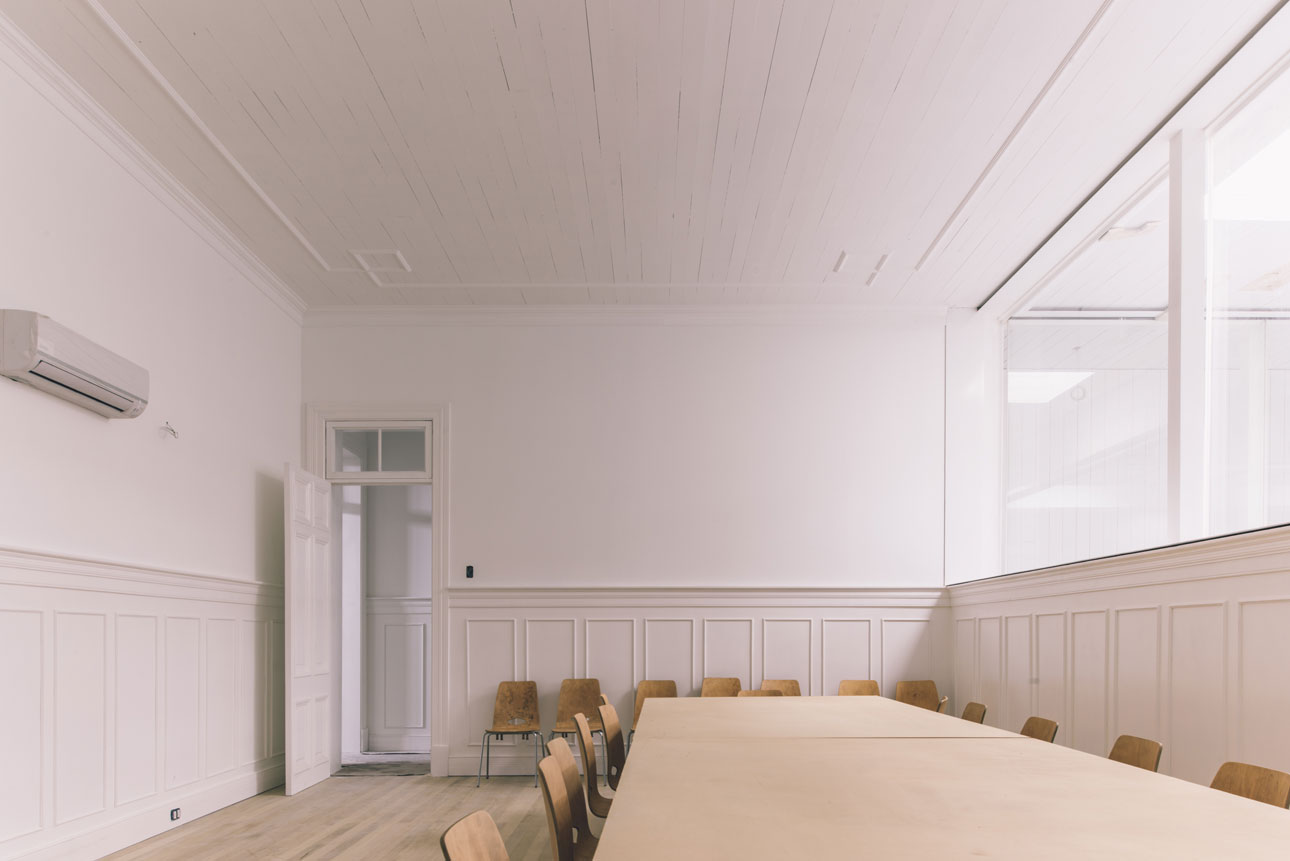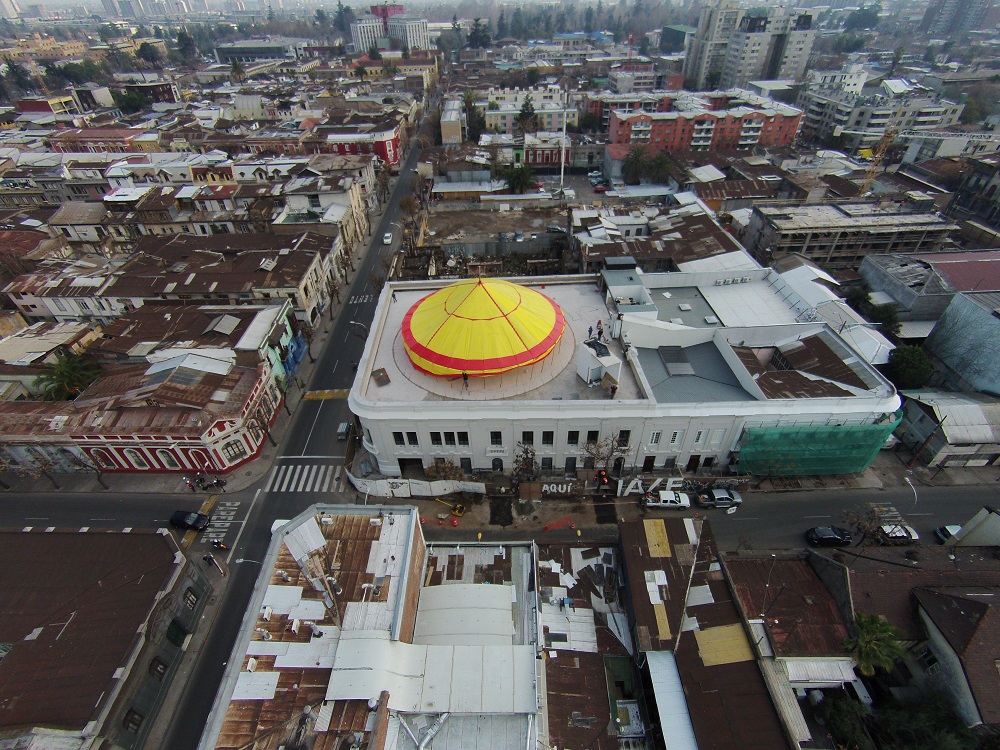Dirección: Libertad 410
Tipo de protección: Reconocida por Monumentos Nacionales
The mansion that currently houses the cultural space NAVE, was built in the early twentieth century, between 1914 and 1917. The building was a residential complex that housed 12 houses, made of adobillo. Apparently, the houses was part of a family project intended as home to the heirs of a large family with several children. While the name of the family and original owners of the property remains unknown, it has been established as a fact that the facade of the building continued to the adjacent plot of land replicating the house features. The existence of this building talks of a historical moment in Yungay District when aristocratic families began designing their housing projects for their children and heirs.
Over the years the mansion lost connections to the original family; succession and inheritance problems have made impossible to trace the origin of the house. Over the next 80 years, the houses were leased and received new residents in the neighborhood, including a new community of immigrants from Peru and Colombia who came to live in Chile more than twenty years ago. In early 2000 a series of fires began to threaten the remaining premises.
The facade is the only element of the building that remains standing after several fires and the earthquake of 2010.
Subsequently abandoned and destroyed, the building was bought by the Family Peon Veiga Petric, who invited the architect Smiljan Radic to develop this new cultural project called NAVE. The architectural project undertakes the effort of hollowing the inner structure and reconstructs the original facade entirely. The resulting construction combines heritage, innovation and cutting edge architecture.
Nave is a Center of Creative Processes and Residencies for the Living Arts. Its space is devoted to the investigation around the body in search of new body languages. NAVE is also a meeting point for artists and the community that promotes artistic expression through disciplinary crossbreeding.
